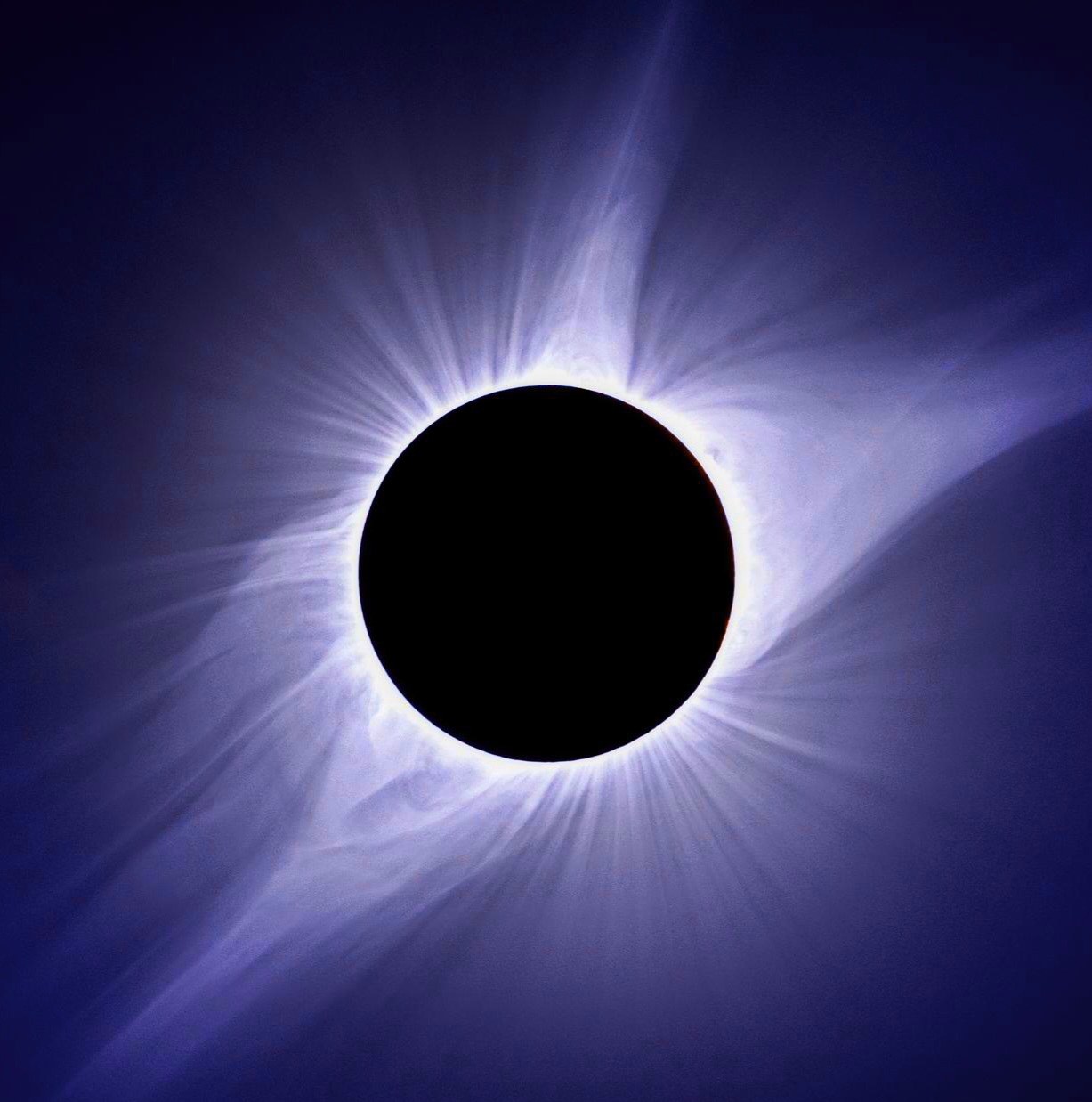- cross-posted to:
- oppenheimermovie@lemmy.world
- cross-posted to:
- oppenheimermovie@lemmy.world
That will fit nicely in my 32gb micro sdxc the size of a fingernail.
Actually it won’t. A movie on a 4k blu ray is around 80gb without additional compression. And Oppenheimer is shot on 70mm which is more like 8k resolution. Still would fit on a micro SD of course
It’s way bigger than that. Usually cinemas receive movies in multiple terabyte hard drives. Thats because they are using JPEG2000 standard (it varies, but it is close to lossless) and a movie can take up anywhere from 500GB to 2TB (highly dependent on resolution, it can go above 2TB).
 https://en.wikipedia.org/wiki/JPEG_2000?wprov=sfla1
https://en.wikipedia.org/wiki/JPEG_2000?wprov=sfla1
I didn’t realize imax was still film. I figured it went digital with everything else.
There’s only a handful of IMAX theatres in the world that can play this format. Most of them are digital.
there are both, the top end is still film though as far as I understand
70mm film to be exact
600 lbs ~ 272 kg
11 miles ~ 18km
Good bot
Flashback to the old days (1 month ago)
Joey refugee here, this was only 24 h ago
I understand 600lbs. Kgs mean nothing to me.
I understand 272 kg. Lbs mean nothing to me. :)
272 kg ~ 43 stone
How many pebbles?
43 stone ~ 1.4 boulder
2 boulders = 1 pair boobies
According to this the average pair of boobies is 860 pounds, sounds about right.
Some things to keep in mind about the theater experience.
- Only a handful of theaters do film IMAX anymore. A lot of IMAX locations are just 4k DCP (Digital Cinema Package)
- Most theaters in the world are digital projectors with a max resolution of 1998x1080 or 2048x858
Part of the reason these factors still exist is cost. A poorly maintained film projector with a lousy film print can ruin a movie going experience. Hollywood would sometimes release so very shitty prints. The digital projectors are much easier to maintain so the experience is often more ideal for the average movie goer.
Having said that, if a theater takes good care of their film projectors and they have a well made and well kept print, the experience can be amazing.
If you can see the film print in the opening week. Christopher Nolan makes his movies in an analog way. So it is a film process all the way though except for VFX. This is one of the only opportunities to see film that was not digitally modified. Only one place in the world can make these imax 70mm film prints and they are all basically hand made. EDIT: link changed to piped link. https://piped.video/watch?v=xa1xJIgLzFk
2k digital projection is typically used in smaller theaters where the screen size is not large enough for anyone to actually see a difference.
Here is an alternative Piped link(s): https://piped.video/watch?v=xa1xJIgLzFk
Piped is a privacy-respecting open-source alternative frontend to YouTube.
I’m open-source, check me out at GitHub.
If I pay to see a movie in an IMAX theater, this is the film being loaded? Is this normal for IMAX?
No. This is called “15/70 Imax”. There are very very few theaters that have this. The “Imax” you’ll find at the local mall is totally different.
Check out this list. The imax 70mm ones would be reels like this one.
https://www.in70mm.com/news/2023/oppenheimer_cinema/index.htm
This reminds me of one of those documentaries where they show some ridiculous mechanical contraption in a scene, and the narrator says, “Before the technology became extinct, it had become vastly more complex and sophisticated, but alas, it’s days were numbered…”
A lot of the time, the complexity is the main reason something goes bye bye; something just as sophisticated comes along, but is far less complex. Making it less prone to failure/easier to use/implement.
I assumed even an IMAX film would be digital now.
Imax film is some of the highest resolution formats we have it’s like 16k resolution, and using that for a projector gets ya some really good quality.
Quality so good they can come back to it 20 years from now when blu-ray is an outdated format to make a higher-quality home release, like what’s been done with VHS to DVD or DVD to BD
Kinda already is
What’s the point of even doing it on film if it was shot digitally?
Or did they go through the whole process using analog technology? I don’t know much about this movie.
Well can IMAX projectors display digital media? If the thing showing the movie only works with film, that would be a good reason to put it on film.
This obsession with the length and weight of the film is such a bizarre marketing strategy.
Yeah, we all know girth is what matters.
I’m sure I’m wrong, but it’s hard to imagine this being better quality than what we can do digitally these days.
You are in fact wrong lol. Actual film has a resolution equivalent of something like 18K.
I don’t think there’s any reason we couldn’t make a store 18k video.
And we could make screen at much higher resolutions that that at imax size, or even quite a bit smaller, though I suspect it would be absurdly expensive.
Storing it isn’t the problem, you’ll still need to be able to record and project at that resolution.
As I said I’m sure we could make screens that could do that. They would be absurdly expensive and heavy and stupid, but it could be done. Not worth it though.
And it looks like at least 16k cameras have been made.
The screens aren’t the problem. It’s often the hardware driving it. The current top generation of gaming gpus struggles at 8k. There’s very little chance of being able to render and play 16/18k
Rendering video and rendering games are pretty different. Video is generally easier especially once it’s mixed down.
Not enough to justify using such a proprietary technology
proprietary technology
Not like the off the shelf stuff you can get to store and show 18K.
Wasn’t normal 35mm film about the equivalent of somewhere between 4k and 8k depending on the film stock?
Plus, the projector optics will always limit the sharpness of the picture. No lense is ideal, and even ideal lenses would have fundamental limitations due to diffraction.
Something like that.
As far as lens optics, we’re really splitting hairs here. 70mm through a quality lens in an imax theater is going to look absolutely fantastic and stunning. Digital is just more convenient and at some point it will catch up and surpass film.
My point was more like that even IMAX film doesn’t quite get to 18k equivalent, more like 12 to 16k. Honestly, anything above 4k (for normal widescreen content) even on big screens is barely noticeable if noticeable at all. THX recommends that the screen should cover 40° of your FOV; IMAX is what, 70°, so 8k for it is already good enough. Extra resolution is not useful if human eye can’t tell the difference; it just gets to the meaningless bragging rights territory like 192 kHz audio and DAC-s with 140 dB+ S/N ratio. Contrast, black levels, shadow details, color accuracy are IMO more important than raw resolution at which modern 8k cameras are good enough and 16k digital cameras will be more than plenty.
Resolution and color reproduction is still unmatched. Plus there are a lot of things happening in the analog domain that our eyes notice as beautiful.
Same thing is true for analog vs digital music production btw
I can’t speak for video, but for audio production that isn’t true. Audio signals can be perfectly reproduced, up to some frequency determined by the sample rate and up to some noise floor determined by the bit depth, digitally. Set that frequency well beyond that of human hearings and set that noise floor beyond what tape can do or what other factors determine, and you get perfect reproduction.
See here. https://youtu.be/UqiBJbREUgU
This is insane. I want to go watch this in IMAX so badly, but there are no IMAX theaters anywhere near me. Maybe one day I’ll get a chance. Do they ever reshow older IMAX movies? Like, I would kill to go back and see Interstellar or Dark Knight.
Why do people get so hyped for IMAX? There’s gotta be something more to it than just an even bigger screen, right?
The confusing part is there are different types of IMAX’s. My nearest cinema has IMAX screens but they are just slightly larger theatre screens for the most part. But downtown there’s a 70mm film IMAX and if a film was made for it, I’ll go out of my way to see it there - Interstellar and Dunkirk come to mind. Seats are closer to the screen and the aspect ratio is more square, and film just has a certain charm to it.
Many years ago, I ended up with a membership to a local museum that had a OMNIMAX theater, which is IMAX, but with a dome and a fisheye lens is used ot shoot the film. The projector is, essentially, in the middle of the room and shoots “up” at the screen / dome at about a 45 degree angle. The net result is the film is pretty much half-a-sphere in front of you. Your entire field of vision is filled by the media.
They almost always showed educational films or documentaries specifically filmed for the format. I specifically recall some stupid one about snowboarding of all things, which was really just an excuse for the filmmakers to go snowboarding and ride helicopters with an expensive movie camera in the mountains. It’s very, very cool.
Even if there aren’t any major studio movies made for these theaters, if you ever get a chance to see something on one of the few left in operation, take it. Totally worth it.
All of this could fit on a micro SD card.
Probably not. 3 hours of uncompressed 1080p video is around 2tb. The film is closer to 16k which is 64 times more pixels than 1080p. This ain’t your web rip off pirate bay.
Surely even a lossless compression is incredibly smaller. (But you can’t truly losslessly convert from film to digital, only commenting on uncompressed 1080p.)
However, let’s not forget the whole thing was created digitally then “printed” to film, so there was never a “film original”.
He uses the camera negative as much as possible and avoids CGI as much as possible so a lot of film hasn’t been digitised and reprinted it’s from the actual source.
Fair point, I hadn’t looked up the specific movie / director
Christopher Nolan is famously one of the few big Hollywood directors who still shoots much of his footage on actual film, specifically in IMAX.























